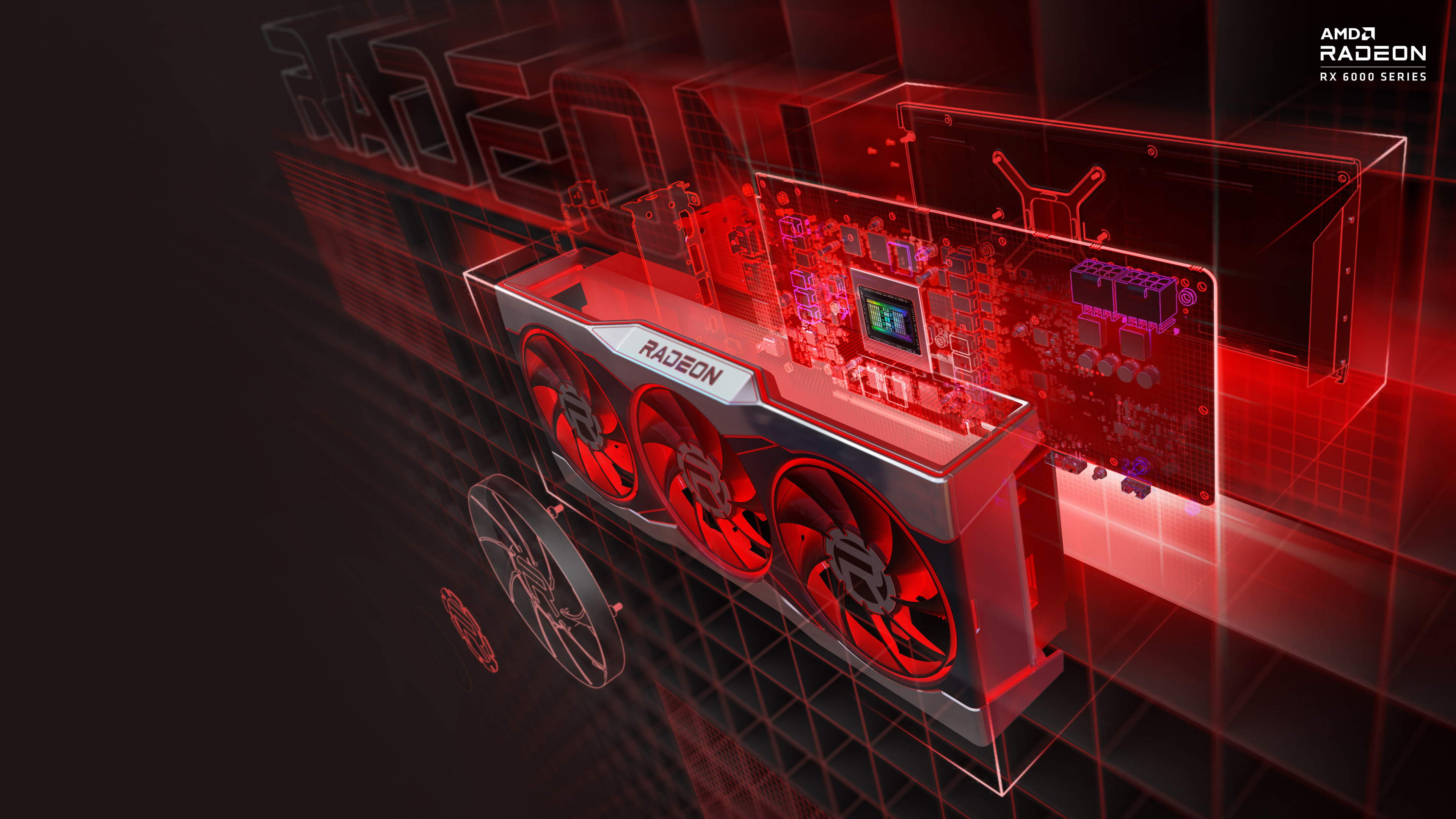Before RTX 4000 presentation: AMD via RDNA 3 – improvement in power management and Infinity Cache
![Radeon RX 7000: Navi 31 GCD allegedly with 350 mm² [Gerücht]](https://latestgamestories.com/wp-content/uploads/2022/07/Radeon-RX-7000-Navi-31-GCD-allegedly-with-350-mm²-scaled.jpg)

While the coverage is awash with Geforce RTX 4000, very little has been heard from AMD. Even the rumor mill sees nothing in the Radeon RX 6000 that needs to be mentioned in speculation about Ada/Lovelace. But AMD is now speaking up for itself:
“Looking ahead, we continue our push for more efficient gaming with the AMD RDNA 3 architecture. As the first AMD graphics architecture to leverage the 5nm process and our chiplet packaging technology, AMD RDNA 3 is on the best way to deliver an estimated performance of more than 50 percent per watt compared to the AMD RDNA-2 architecture – giving gamers truly premium gaming performance in cool, quiet and energy-conscious designs.
Contributing to this power-conscious design, AMD RDNA 3 refines AMD RDNA’s adaptive power management technology to set workload-specific operating points and ensure that each component of the GPU consumes only as much power as it needs for optimal performance. The new architecture also introduces a new generation of AMD Infinity Cache; one that aims to provide even denser caches with lower power consumption to reduce graphics memory power requirements, helping to establish AMD RDNA and Radeon graphics as true frontrunners in terms of efficiency.
We’re excited about the improvements we’re making with AMD RDNA 3 and its predecessors, and we believe we can leverage even more of our architectures and advanced process technologies to deliver unmatched performance-per-watt across the stack while we continue our push for better gaming.”
AMD shifts the focus here to efficiency. This coincides with statements from some time ago, where higher power consumption was also promised for the Radeon RX 6000. At that time they said:
“The demand for games and processing power is only increasing at a faster rate, if at all, and at the same time the underlying process technology is slowing down quite dramatically – and the rate of improvement. So power consumption will continue to increase. We have a multi-year development plan with very significant efficiency improvements to drive these curve, but the trend is there.”
[…]
“Performance is everything, but while our designs are more energy efficient, that doesn’t mean you can’t push performance even further if the competition is doing the same. It’s just that they need to set it a lot higher than we.”
Many interpreted this as an indication that, despite 5 nm production, you are in the same boat as Nvidia. From very early rumors one could assume that AMD wanted to counter the problem with a tamer increase in shaders. However, technical information on the Navi 30 fell silent after hinting that Nvidia would exhaust resources. The original approach may have introduced a performance imbalance. With a maximum configurable TDP of 660 watts for the Geforce RTX 4090, Nvidia is said to remain just below the 675 watts with a new connector and the PEG. According to rumours, there are just over 16,000 FP32 shaders; at AMD the last state mentioned was 12,288 shaders for Navi 31.
Source: AMD
Reference-www.pcgameshardware.de